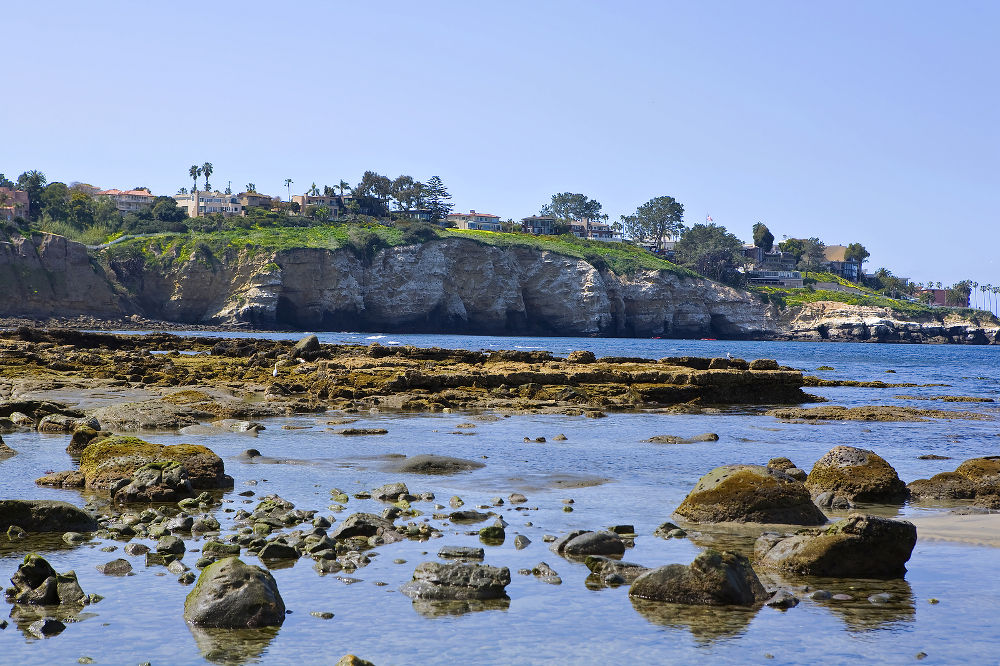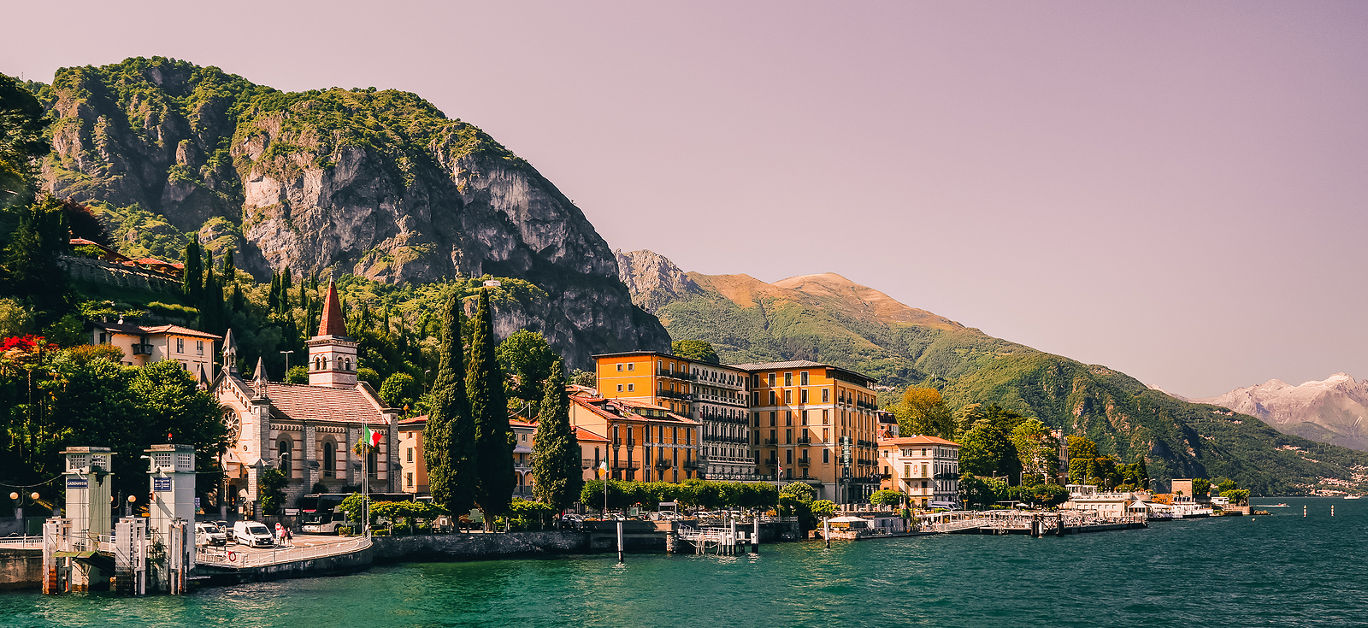Words by Eric Metzger, CEO and investment officer at MRLO Partners
If you visit Sotheby’s International Realty website, you might find a property just northeast of Oakland, California, in the prestigious Piedmont area for sale for $14.5 million. It’s described as “a completely renovated and updated heritage estate in an excellent Piedmont location”. With that price tag you might be tempted to call this estate a “statement property”. But is it?
In the landscape of land development, there are certain parcels that stand as veritable masterpieces, exuding an aura of grandeur and exclusivity that is both rare and captivating. These are the “statement properties” often reverently referred to as “God’s Gifts.” Nestled within the gates of private, amenitised, luxury communities, these lots are the epitome of refined living, showcasing a harmonious blend of nature’s splendors and human ingenuity. That’s what separates them from an estate such as the one described above.
Serving as the inspiration for Tony Stark’s Malibu, California, home in the Iron Man films, the property known as “The Razor House” in La Jolla, California, is a harmonious marriage between nature and architecture as the structure appears to have grown out of the cliffside. It’s view of the Pacific Ocean is nothing short of spectacular.
Statement properties are not mere patches of earth; they are meticulously curated canvases that await the brushstrokes of architectural elegance. Take that California cliffside where the Razor House was carved into the rock. Designed by architect Wallace E. Cummings, it was purchased by singer/songwriter Alicia Keys for $20.8 million in 2019, and is located in an affluent, gated community. Locations within luxury communities are no accident, but a deliberate choice aimed at fostering a lifestyle that is as serene as it is sophisticated. The master plans of these communities are crafted with a poetic reverence for the natural world, integrating the majestic allure of topographic features.
The subjective value of these coveted statement properties is oftentimes driven by their limited availability coupled with their unobstructed panoramic views of mountains, rivers, lakes, and as evidenced by our La Jolla example, oceans. Alpine and desert locales also lend themselves to the types of lots we’re discussing. But where you look and where you find depend on your personal taste, wants, and desires.

The readiness of these lots for vertical development is a hallmark of their prestige. Statement properties come fully equipped with public utilities and roads. Every aspect of these lots has been meticulously prepared to ensure that the journey from acquisition to architectural realisation is smooth and unencumbered. This level of preparation not only elevates the investment appeal of these properties but also significantly enhances their liquidity in the market. Our Razor House example is just minutes away from highways and byways and all manner of local flavor and activities.
These properties aren’t just plots; they are statements of lifestyle, declarations of a refined taste that seeks to blend the tranquility of nature with the comfort of modern amenities. The communities they are part of are carefully designed to foster a sense of belonging among the residents while offering them a lifestyle that is both private and privileged. The emphasis is on creating an environment where nature’s grandeur provides the backdrop to a life of comfort, community, and luxury.
The desirability of statement properties often transcends the purely financial aspect of land investment. They hold a mirror to a lifestyle that is aspired to by many but attained by few. In the hierarchy of land types, these lots represent the zenith. The journey of development that awaits is not just about constructing residences, but about crafting sanctuaries of elegance amidst a setting that is as natural as it is noble.
In a world where the essence of luxury is often defined by exclusivity and exceptional quality, statement properties embody the pinnacle of land investment prestige. They offer a gateway into a realm where the tranquility of nature converges with the pulse of elite community living.
There are seven types of parcels we’re talking about, and although statement properties/lots are the pinnacle, it is important to know and understand them all so you can choose the right investment opportunity for you and your goals, aspirations, and dreams. Understanding the status of the land you are considering is the cornerstone of a wise investment. In this era, where commercial assets are suffering under the burden of excess leverage and diminishing cash flow, land emerges as a promising asset class.

1. Raw, unentitled land
Often consisting of farmland or agricultural spaces, raw unentitled land is the most unadulterated form of land you can invest in. Its importance lies in its transformative potential – it’s the origin of myriad real estate developments. As traditional agriculture sees decline, this category of land offers a treasure trove of opportunities for the perceptive investor.
2. Master-planned raw land
Municipalities frequently design master plans to sketch out the future contours of their communities. Despite the grand vision, a master plan doesn’t bestow any developmental rights on the landowner, but it does elevate the land’s importance in the broader schema of regional development.
3. Zoned raw land
Zoned land comes with a predefined set of permissible uses, which can significantly smooth the path for future development plans. While zoning does not provide immediate rights for development, it does elevate the land’s value and prestige by hinting at its future utility.
4. Preliminarily approved raw land
At this stage, the land has not only been zoned but has also successfully navigated public hearings for subdivision or site plans. This is often where agreements with neighboring property owners come into play, adding another layer of social importance and interconnectedness to the land.
5. Fully approved raw land
This category, often referred to as “platted lots” represents a zenith of preparatory work. These lands have undergone rigorous local approval processes, which may include multiple layers of public hearings and consultations. As such, these lands come attached with genuine value and prestige, and they stand ready for development.
6. Building envelopes
These are tracts of land that are not just approved but fully graded, with utilities up to the edge of the site. While internal roads or improvements might still be lacking, the land is primed for development and holds significant prestige within investment circles.
7. Statement properties/lots

Known as “Gods Gifts”, these lots are the crème de la crème of land types. These statement properties are located within the exclusive confines of private, luxury communities, offering a range of high-end facilities and services. The master plan for these communities centers around the gifts of mountains, rivers, lakes, and oceans. The lots and their respective building envelopes are not only approved but fully equipped with public utilities and roads. Their readiness for vertical development makes these statement properties the most liquid – and often the most desirable – form of land.
Understanding the distinctions between these seven types of land is crucial for any savvy investor aiming to contribute meaningfully to both their portfolio and their community. Each stage comes with its unique blend of challenges and rewards, but collectively they offer a symphonic array of opportunities for making impactful investments that resonate both financially and socially. In a world where the value of an asset is often measured by more than just its monetary worth, investing in land adds dimensions of importance and prestige, enriching not just the individual but society at large.
Eric Metzger, CEO and founder of MRLO Partners, is a 25-year luxury land investing expert specialising in high-end developments around exclusive destinations across the USA and the globe. With a commitment to reshaping the narrative around land investment, Metzger has assisted over 8,000 high-net-worth investors in acquiring over $2.4 billion in luxury land and estates.
He is also the author of Landing Legacy – Mastering the Art of Statement Properties Centered Around God’s Gift of Mountains, Rivers, Lakes, and Oceans.






















